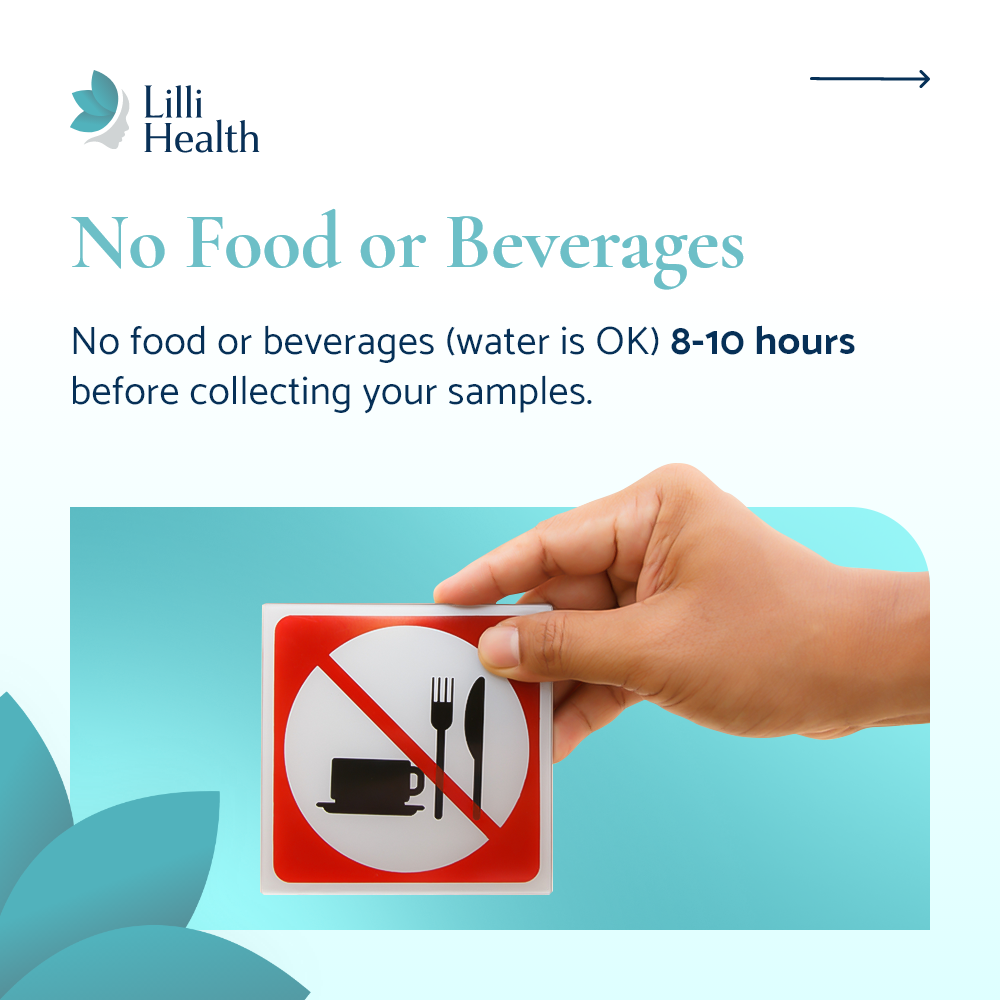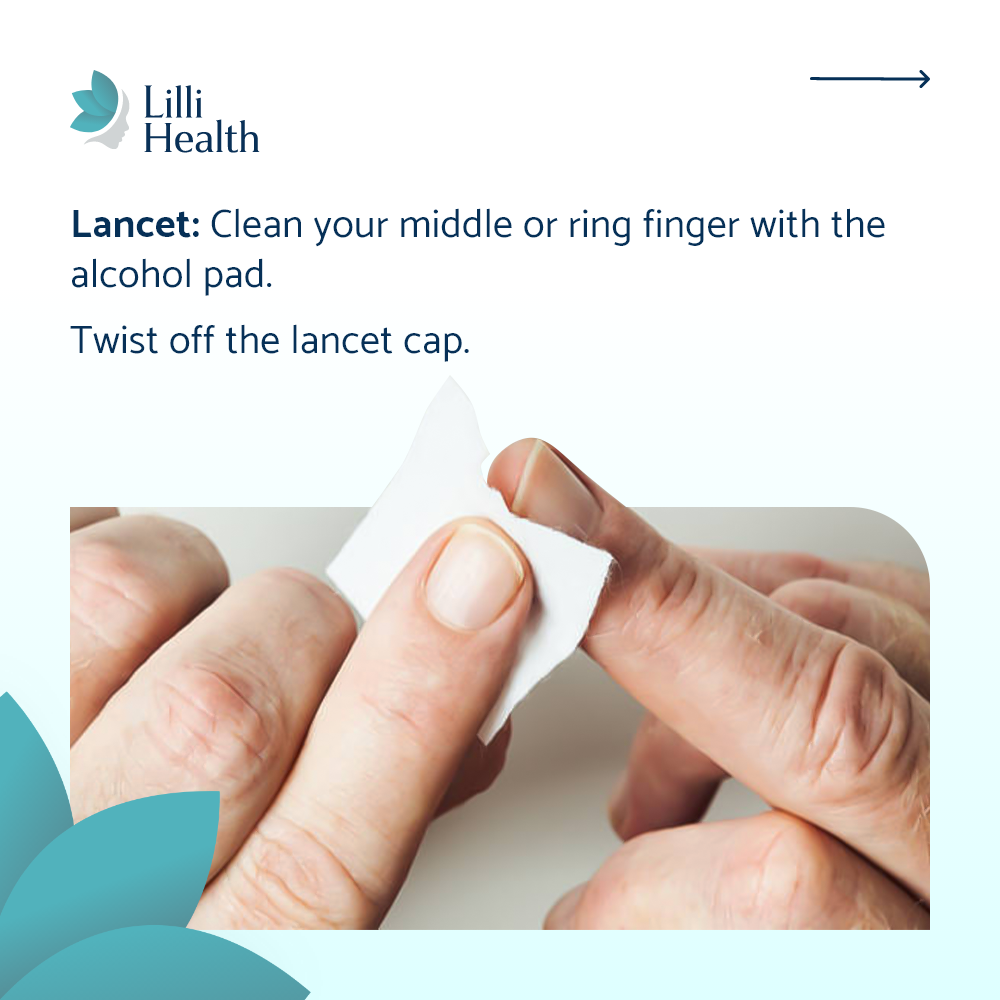

Understanding Acanthosis Nigricans: Those Dark Patches Tells a Deeper Story
If you’ve ever noticed a dark, velvety patch of skin on the back of your neck, under your arms, or even around your groin, it can be confusing—and honestly, a little frustrating. You might think it’s just dirt, pigmentation, or a rash. You may have tried scrubbing it, exfoliating it, or using skin creams with little success.
But that patch has a story to tell.
And the story it’s telling is about what’s happening on the inside of your body.
What Is Acanthosis Nigricans?
Acanthosis nigricans is a skin condition that causes dark, thickened, velvety skin in areas where skin folds or creases. The most common areas are:
- The back of the neck
- Armpits
- Elbows
- Groin
- Knees
- Knuckles
It’s not dangerous in itself and it’s not contagious—but it is a major red flag for something happening beneath the surface.
The Root Cause: Insulin Resistance
While acanthosis nigricans can be associated with a few rare conditions or certain medications, the most common cause by far is high insulin levels—a condition called insulin resistance.
Here’s what happens:
- Your body is pumping out more and more insulin in an effort to keep your blood sugar stable.
- All that extra insulin doesn’t just float around aimlessly—it stimulates skin cells to grow and pile up, especially around areas where skin naturally folds or creases.
- It also increases the activity of pigment-producing cells called melanocytes, which is why the skin appears darker.
In short: high insulin = skin cell overgrowth = dark, thickened skin.
Why It Matters
Acanthosis nigricans is often one of the very first visible signs of insulin resistance.
That means your body may be struggling to process glucose effectively, even before your blood sugar or A1c ever show anything abnormal on a lab test.
This is especially important for those with:
- PCOS
- Family history of diabetes
- Unexplained weight gain or difficulty losing weight
- Fatigue, brain fog, or sugar cravings
Acanthosis isn’t just a skin issue. It’s your body waving a flag and saying, “Hey! Something is wrong!”
What About Creams or Treatments?
Unfortunately, no cream or ointment will fix the root cause of acanthosis nigricans.
While some skin treatments may slightly lighten the area, the pigmentation and thickening will keep coming back unless you address the underlying insulin resistance.
How to Reverse It
The most effective way to fade and even eliminate acanthosis nigricans is by lowering insulin levels through lifestyle changes. And no—you don’t need a fad diet, crazy workouts, or expensive supplements.
What actually works:
- Following a Low Insulin Lifestyle: prioritizing foods that don’t spike insulin, and avoiding foods that do
- Finding ways to stay active every day
- Managing your stress
In most cases, patients see major improvement within a few months of starting this lifestyle. For many, those dark patches fade, the texture improves, and their skin starts to look more like it did before.
Final Thoughts
If you’ve been frustrated with dark patches of skin that won’t go away no matter what you try, it’s time to stop blaming your skin and start supporting your body.
Acanthosis nigricans isn’t just a cosmetic issue—it’s a powerful clue that your metabolism needs support.
Listen to your skin. It’s trying to tell you something.
References
Videira-Silva A, Albuquerque C, Fonseca H. Acanthosis nigricans as a clinical marker of insulin resistance among overweight adolescents. Ann Pediatr Endocrinol Metab. 2019. Read more
Patel NU, Roach C, Alinia H, Huang WW, Feldman SR. Current treatment options for acanthosis nigricans. Clin Cosmet Investig Dermatol. 2018. Read more






















